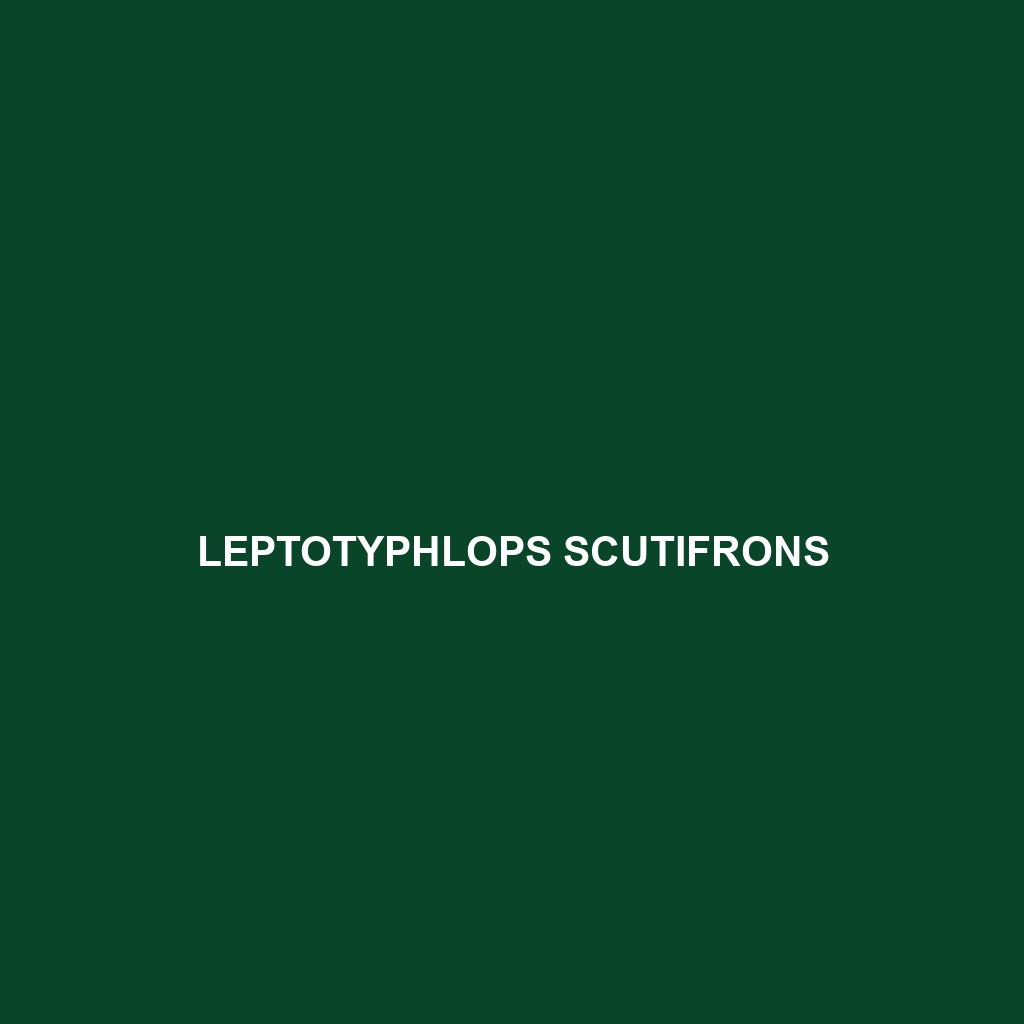The Oligodon sublineatus, commonly known as the Striped Kukri Snake, is a medium-sized, nocturnal snake native to Southeast Asia and the Indian subcontinent, characterized by its elongated body, distinctive bold stripes, and a diet primarily consisting of small vertebrates and invertebrates. This species plays a crucial role in its ecosystem, aiding in the control of prey populations while thriving in diverse habitats such as rainforests and savannas.
Tag: biodiversity and snakes.
Malpolon monspessulanus
<p><b>Malpolon monspessulanus</b>, commonly known as the Montpellier snake, is a medium-sized snake found in warm habitats across Southern Europe, characterized by its yellowish-green or brownish color and distinctive large head. This carnivorous species plays a crucial role in its ecosystem by regulating populations of small mammals and birds, while also exhibiting interesting behaviors such as mimicry and rapid movement.</p>
Lycodon laoensis
<b>Lycodon laoensis</b>, or the Laotian wolf snake, is a medium-sized carnivorous snake native to Southeast Asia that thrives in humid habitats like rainforests and is known for its remarkable mimicry of venomous snakes for defense. With a slender body and variable coloration, it plays a crucial role in its ecosystem by regulating populations of small vertebrates and serving as prey for larger predators.
Leptotyphlops scutifrons
Discover the fascinating Leptotyphlops scutifrons, commonly known as the shielded blindsnake, which thrives in diverse habitats with loose, moist soil. This distinct fossorial snake, measuring 20 to 50 cm, features vestigial eyes and plays a critical role in controlling insect populations while contributing to soil aeration and nutrient recycling.
Inyoka swazicus
Discover the Inyoka swazicus, or Swazi Snake, a slender, nocturnal predator native to southeastern Africa's savannas and woodlands. With its distinctive earthy-colored scales and large expressive eyes, this adaptable snake plays a crucial role in its ecosystem by controlling prey populations and contributing to biodiversity.
Indotyphlops leucomelas
Discover the unique <b>Indotyphlops leucomelas</b>, or white-bellied blind snake, a fossorial species native to tropical and subtropical regions of Southeast Asia. Adapted for underground life, this insectivore plays a vital role in pest control and ecosystem balance while thriving in moist, sandy habitats.
Hebius modestus
<b>Hebius modestus</b>, known as the modest snake, thrives in subtropical and tropical habitats across Southeast Asia, exhibiting a slender body that grows between 60 to 100 cm and distinctive olive-brown coloration. This carnivorous species is primarily nocturnal, preying on small mammals, amphibians, and insects while playing a crucial role in maintaining ecosystem balance.
Eirenis coronelloides
Discover the fascinating Eirenis coronelloides, a slender, nocturnal snake that thrives in Mediterranean habitats, with a distinct coloration of browns and creams, feeding primarily on insects. This species boasts intriguing behavioral patterns and plays a crucial role in maintaining ecological balance by regulating insect populations.
Crotalus oreganus
Discover the Western Rattlesnake (Crotalus oreganus), a striking serpent found across the western United States, known for its distinctive rattle, vibrant coloration, and crucial role in its ecosystem as both predator and prey. This species thrives in various habitats, from deserts to forests, and demonstrates fascinating behaviors, including ambushing prey and controlling venom levels during strikes.
Bothrops medusa
Discover the Bothrops medusa, commonly known as the fer-de-lance, a striking venomous snake native to Central and South America. This species features dark zigzag patterns for camouflage, grows up to 2 meters in length, and plays a vital role in its ecosystem by regulating rodent populations while adapting to both forest and urban habitats.









